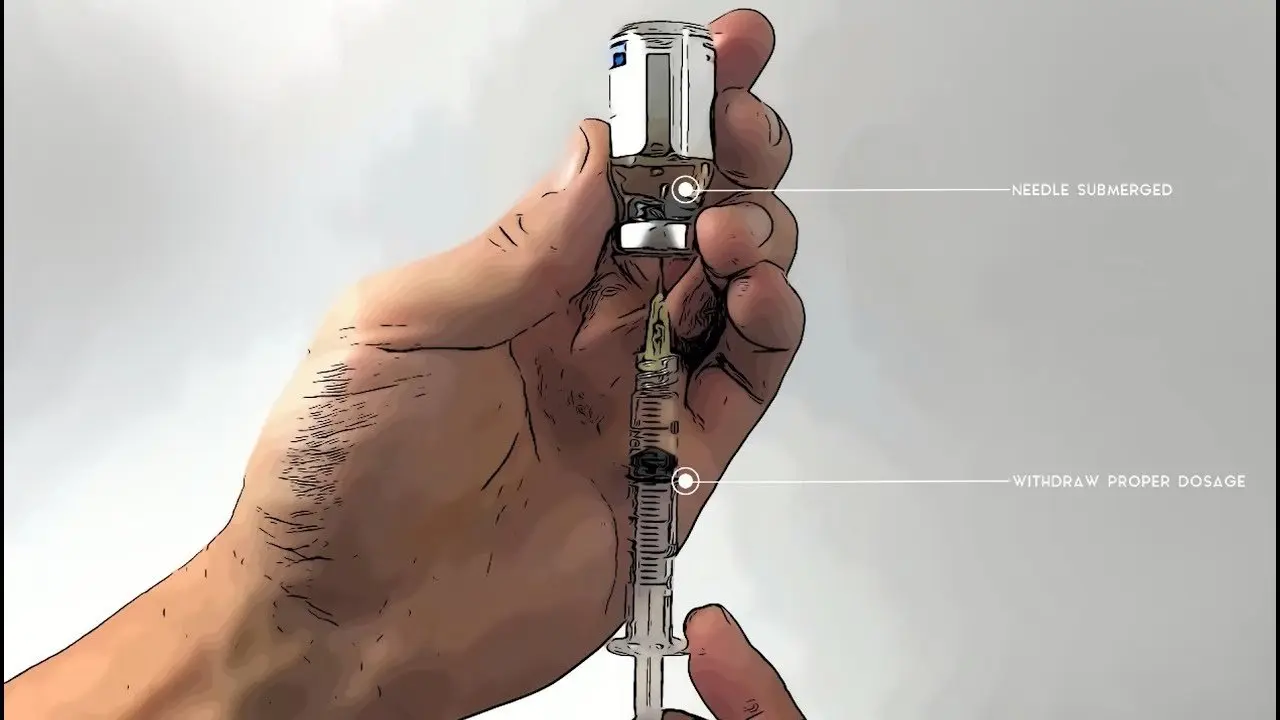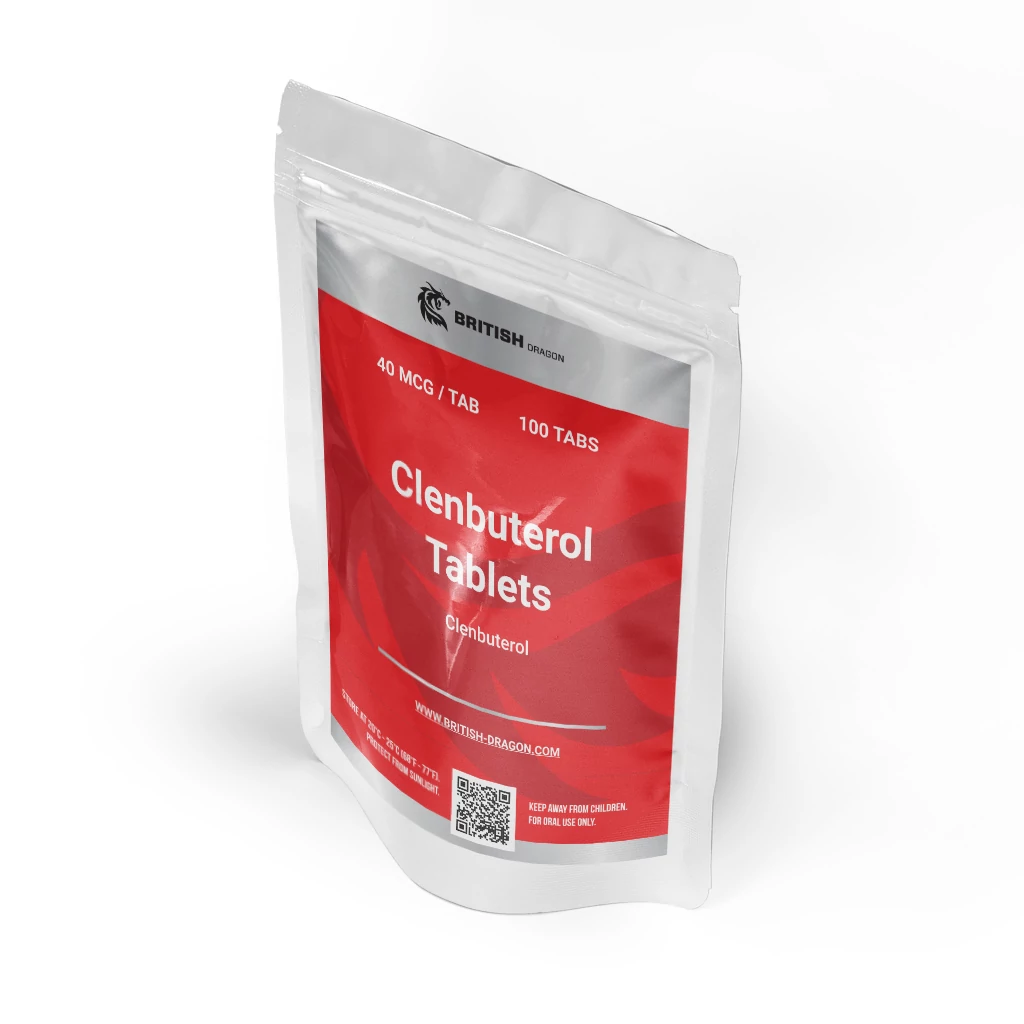The Bridge Between Steroid Cycles
What is a Bridge Between Steroid Cycles? Why is it Needed and What Options are Available?

Many people mistakenly think that a bridge is simply reducing steroid dosages to physiological levels during a long or permanent steroid cycle to normalize various body parameters. However, this is not entirely accurate. Dosages are usually reduced not to physiological norms, but to levels at which hematocrit will be normal. In other words, the most common reason people go on a bridge is to address excessive blood thickness. Of course, there are other reasons for going on a bridge, such as acne, problems with internal organs, or certain diseases. However, increased hematocrit is the main issue.
This problem can sometimes be solved without going on a bridge. For example, by increasing water intake and engaging in cardiovascular exercise. However, this doesn't always work, and it may be necessary to drain blood, either through phlebotomy or erythrocytapheresis. The latter is preferable because it keeps hematocrit levels normal for a much longer period. The problem with blood draining is that sometimes hypercompensation occurs, and hematocrit becomes even higher than before the blood drain. This is especially noticeable with phlebotomy.
Phlebotomy - puncturing a vein with a cannula to draw blood for analysis, usually done on the arm.
Venipuncture - the procedure of puncturing a vein, used not only for drawing blood but also for intravenous therapy.
Erythrocytapheresis - a method of extracorporeal hemocorrection that replaces bloodletting. It involves removing erythrocytes and then returning autoplasma and replacing the removed volume of erythrocytes.
Bridge Options
1. First Option
The simplest and most common is a bridge using only testosterone. Typically, the following are used:
In most cases, the dosage ranges from 200 to 300 mg of testosterone per week. If the athlete is at a very high level, the dosage can go up to 1000 mg per week. By a very high level, I mean categories above Men's Physique and Classic Physique. In these categories, the total dosage of steroids on a bridge usually does not exceed 500 mg per week.
2. Second Option
An advanced second option involves using other steroids besides testosterone, most often DHT derivatives. Primobolan or Masteron are usually chosen because:
- They reduce SHBG (Sex Hormone-Binding Globulin), resulting in more free, biologically active testosterone. This improves well-being and helps maintain muscle mass.
- These drugs do not increase hematocrit as much as testosterone. As mentioned earlier, elevated hematocrit is the main reason for going on a bridge.
- These steroids are not toxic to the liver and do not significantly raise LDL (low-density lipoproteins), the bad cholesterol.
Dosages
With this bridge option, usually 200 to 300 mg of testosterone per week and 100 to 200 mg of Primobolan or Masteron per week are used. For professional athletes with significant muscle mass, the dosage of testosterone is around 500 to 600 mg per week, and Primobolan or Masteron is around 400 mg per week. It is worth noting that at a professional level, the "cocktail" of steroids can be much more varied, but many often use just testosterone.
Additional Medications
It is necessary to use aromatase inhibitors to control estradiol. If there are problems with prolactin, cabergoline should be used. HCG is not necessary unless you plan to have children; your testicles won't "shrink." There is research indicating that if you don't use HCG, your fertility will only be affected during steroid use and not immediately. Therefore, it's essential to have a spermogram to avoid unwanted pregnancies. After stopping steroids, fertility usually recovers without additional medications. However, if you plan to stop using steroids and restore your natural testosterone levels to pre-steroid values, it is advisable to use HCG during the steroid cycle, as recovery will be faster. Anti-estrogens should also be used, as without them, recovery for most men will be prolonged.
Growth Hormone on a Bridge
Using growth hormone is not necessary, but if desired and if finances allow, 2-3 IU per day can be used to support the joint-ligament apparatus, and 5 IU per day for muscle support and fat burning. However, this dosage significantly increases the risk of side effects. Remember, growth hormone should only be used if there are no tumors present.
Articles

The most common query of ‘steroids how to inject’ has no doubt crossed the fingers of most bodybuilders from time to time.

Lab test results of actual content from British Dragon's Clenbuterol.

Retatrutide goes beyond weight loss. Our analysis covers its triple-agonist mechanism and its potential to redefine peak physical conditioning for serious athletes.
Customer Reviews
Please leave your review on products or service below.
Thank you beforehand.


